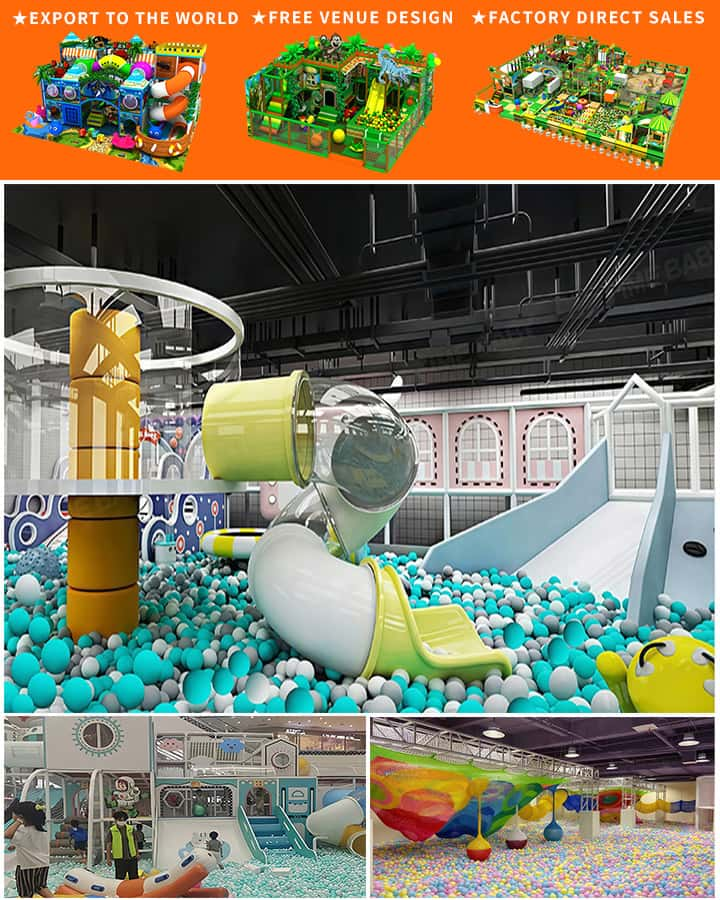Building an indoor play area is a fantastic way to provide children with a safe and stimulating environment for play, especially during inclement weather. However, many parents, educators, and entrepreneurs often wonder about the financial implications of such a project. The cost to build an indoor play area can vary significantly based on several factors including size, location, materials, and features. This guide will break down these costs to give you a clearer picture of what to expect.
1. Size and Scope
One of the primary determinants of cost is the size of the play area. Smaller spaces might be more affordable but could limit the types of activities available. Larger areas can accommodate more complex structures and varied play zones but come with higher costs. Here’s a rough breakdown:
- Small (up to 500 sqft): \(20,000 - \)50,000
- Medium (500-1,500 sqft): \(50,000 - \)150,000
- Large (over 1,500 sqft): $150,000 and above
These figures are just starting points; they may go up or down depending on other factors.

2. Location
The geographical location plays a significant role in determining expenses. Urban areas with high property values and labor costs tend to be more expensive than suburban or rural locations. Additionally, building codes and zoning regulations might vary, impacting both the design and construction phases.
3. Materials and Build Quality
The quality of materials used can greatly influence both the upfront cost and the longevity of the indoor play area. High-quality wood, non-toxic paints, durable carpets, and safe rubber flooring can be more expensive but offer better longevity and safety. On the other hand, budget materials can cut costs initially but may require more frequent replacements or repairs.
4. Features and Complexity
The complexity and variety of features will also affect the budget. Basic setups with minimal fixtures might be less costly, while elaborate designs that include climbing walls, slides, ball pits, and interactive installations can drive up expenses. Safety measures like soft flooring, padded corners, and secure barriers add to the overall investment but are crucial for child safety.
5. Labor Costs
Labor is another significant portion of the budget. Hiring skilled carpenters, electricians, and safety inspectors adds to the expense but ensures that the play area is constructed safely and meets all necessary codes. DIY enthusiasts might save money here, but professional installation is recommended for structural integrity and compliance.
6. Recurring Costs
Beyond the initial construction, there are ongoing costs to consider. Maintenance, cleaning, and occasional upgrades or repairs should be factored into your budget. Insurance to cover liability in case of accidents is another recurring expense that shouldn’t be overlooked.
7. Permits and Regulations
Don’t forget to account for permits and any local regulations that apply to constructing indoor play areas. These can vary widely by municipality and may include architectural plans approval, safety inspections, and adherence to specific child safety standards.
Conclusion
Building an indoor play area is a multifaceted venture that requires careful planning and budgeting. While the initial costs can be substantial, the benefits—such as providing a safe, engaging space for children year-round—are invaluable. By assessing your needs, considering various factors like size and location, and prioritizing safety and durability, you can create a budget that works for your specific situation. Whether you’re a parent creating a home playroom or an entrepreneur developing a community center, understanding these cost components is key to a successful project.




